Inhabiting another body; in the context of Kutiyattam, what exactly does this mean?
One of the most significant aspects in Kutiyattam is that even while you are playing a particular character, you are simultaneously a storyteller, allowing the audience an opportunity to engage with the character, the narratives, and the characters within the life of that central character. In essence, as a performer, you need to be skilled enough to adjust the gradation of the character and the storyteller, almost always at the same time.
Can you give us an example of how that works?
In Kutiyattam, the most important characteristic in dramaturgy is the elaboration, the elongation, the stretched moments that go into the essaying of a character and the narrative at large. For instance, if Ravana steps on to stage, and has just been informed about the fact that Ashokavanika has just been destroyed by a monkey, what goes through his mind can become a subject of several hours of performance; taking the audience on a journey into his past, the characters in his life, significant moments… a stream of consciousness-like approach. Now when that happens, the performer has to balance being the character itself while narrating a story which is in context as well as becoming a different character within the story itself.
This whole dynamic of balancing the character of the characters and finally going back to the narrative and leading
the audience to the present from the past, is not easy and in the process, both time and space are completely
manipulated.
Before beginning make-up, there is a set of rituals that an actor must perform that symbolise her/his cutting away ties from all things that are worldly in nature
Being a performer on stage then calls for a great amount of dynamism, right?
Yes. Kutiyattam demands a high level of involvement on the part of the performer. Everything about the form is also fairly exaggerated and out of the realm of reality. Look at the costumes. They are designed to create a sense of unrealism, so to speak. For example, if you watch a play in which Sri Rama is in exile, his costume is not at all in sync with his character. The costume in Kutiyattam is designed to enhance the actor’s body and subtly provide suggestions of the character she/he is attempting to portray.
In fact, dynamism is very integral to Kutiyattam; everything about the construction of the form is consciously created in a way that it helps an actor get into a state of intense concentration. Shraddha, Sanskrit word for devotion, penance, commitment, would be a more appropriate word. To give you an example, before beginning make-up, there is a set of rituals that an actor must perform that symbolise her/his cutting away ties from all things that are worldly in nature. As Actors, we are supported to take a bath, step into the green room and first light a lamp. After that, we tie a red ribbon on our foreheads which basically symbolises the fact that we are disconnected from anything that has to do with the idea of hierarchy in society. For instance, if a VIP were to come visiting, we don’t need to oblige from our role as actors and performers to meet her/him; if someone in the family were to pass away, we would be informed of it only after the performance. We are not supposed to engage in any kind of conversations that are not related to the performance.
Do you still follow these traditional practices?
We are supposed to and some of us do our best to maintain these traditional practices because after all, a Kutiyattam performance requires a great amount of preparation, both physical and emotional. To enter another character, you need to be in the right frame of mind. The final part of the preparation includes wearing the head gear, just before stepping on stage. Once the head gear is fixed, the actor has officially inhabited another character. You must know also that the first thing an actor takes off soon after stepping out of stage is the head gear, to mark her/his return to her/his own body.
That’s a lot of rules to observe…
Yes, but they have been designed with a purpose. They play a huge role in allowing an actor getting into the skin of a character with mental alertness that brings about a dynamic sparkle to the performance.
It’s not easy learning this dynamism, right?
It’s a process and a very slow, organic one. When you go through training as children, you are expected to keenly study the acting manual and technically learn the construct of the play. You learn it by rote for years and years and after several years of training and practice, dynamism comes into play. Initially, you enter a character simply, and as you mature as a person and with your training, you begin to understand the complexities and slowly start unfurling them, little-by-little.
When then do you know that you have become a character?
Acting, you see, is more a skill of not falling into a state of trance. It’s a state of being deeply aware of all the things that surround you - time, space, music, musicians, audiences, and the very quality of the character and the narrative at large - and whenever I’m able to do that consciously, I feel I’m in the skin of a character.
I try my best also to identify with the qualities of a character without losing out on the performance and without ever bringing my own personal quality into the nature of the character I’m trying to portray. That takes a lot of effort. At no point, for example, should Shakuntala’s sadness look like Kapila’s sadness. I try to study the character and be in the character’s presence for as long as I can before I go up on stage rather than ever attempt to look at the character from my eyes.

What about the whole idea of re-interpreting a character then?
In the preparation of a character, whenever I’m allowed, as a woman in the here and now, I re-interpret a woman character and she is influenced by her own feminism. But what I’m trying to shed is my personal associations while becoming her body.
Has entering another body ever been difficult?
Oh yes; for three years now, Karaikal Ammaiyar (one of the three women amongst the 63 Nayanmars and counted among the greatest figures of early Tamil literature) has been on my mind. I’ve not reached a point to be able to get ready, to be able to do justice to her. Over my years as an actor, I’ve essayed many female characters - Shakuntala, Urvashi, Sita, Chitrangada; they have all in a sense been easy to relate to… Karaikal Ammaiyar somehow is a bit out of the box. For starters, she walks on her hands and not on her feet; so I’m stuck at the very beginning itself. But I’m at it, and I know it will happen.
You use the word actor often; do you think of yourself as a dancer or an actor?
Actor, actually. Kutiyattam is really a theatre form and even though dance and theatre are inseparable in our traditional system, Kutiyattam has more qualities that resonate in the category of theatre.
Interviewed by Akhila Krishnamurthy
4 comments Comments




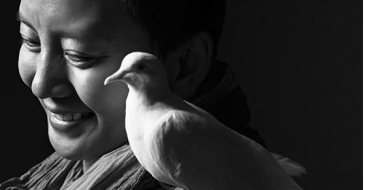
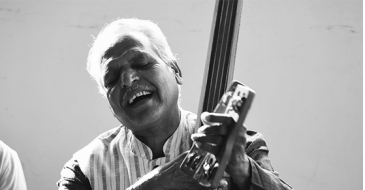
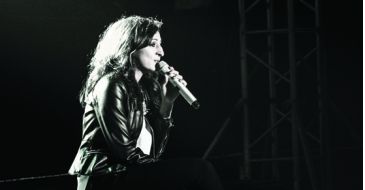
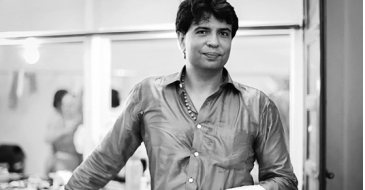
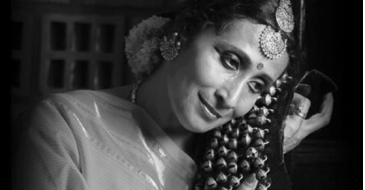
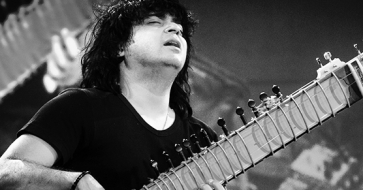
Mrinalika
May 04, 2017
Suhas Ranganath
May 02, 2017
Raghunand
April 26, 2017
Neelesh C
April 19, 2017